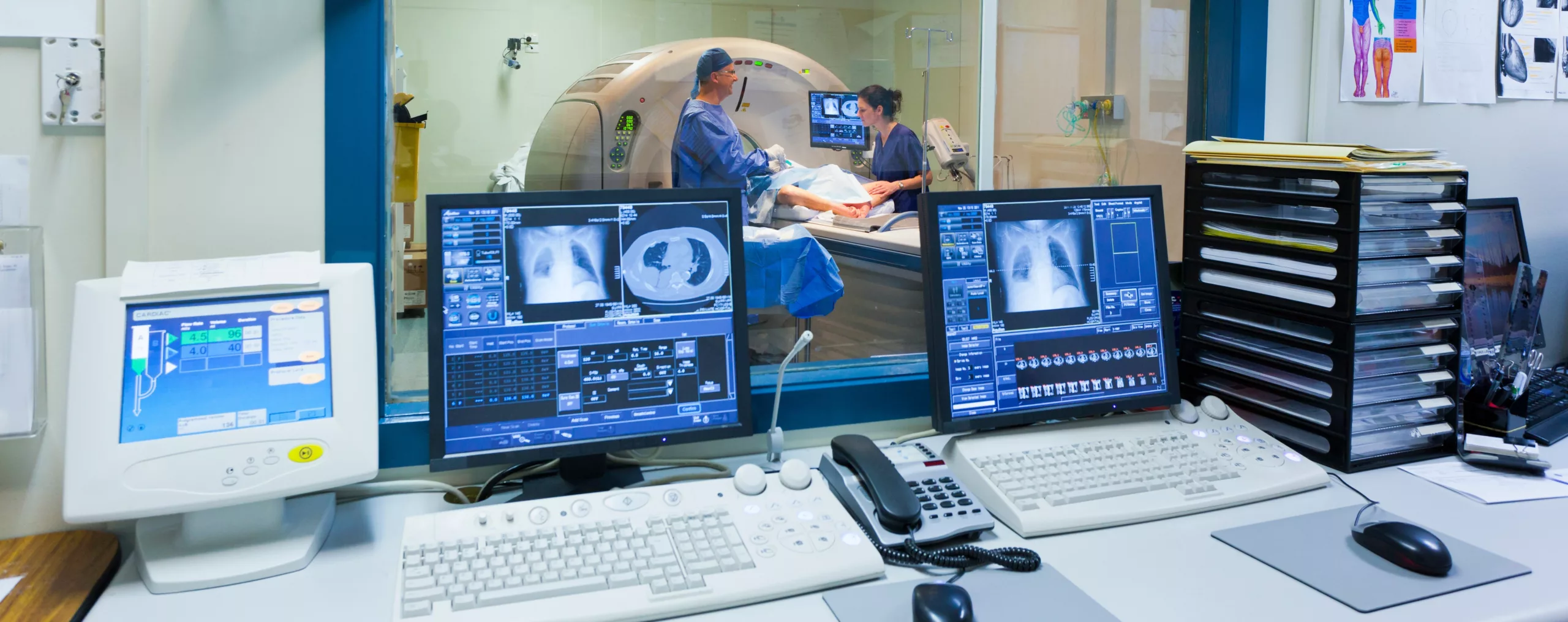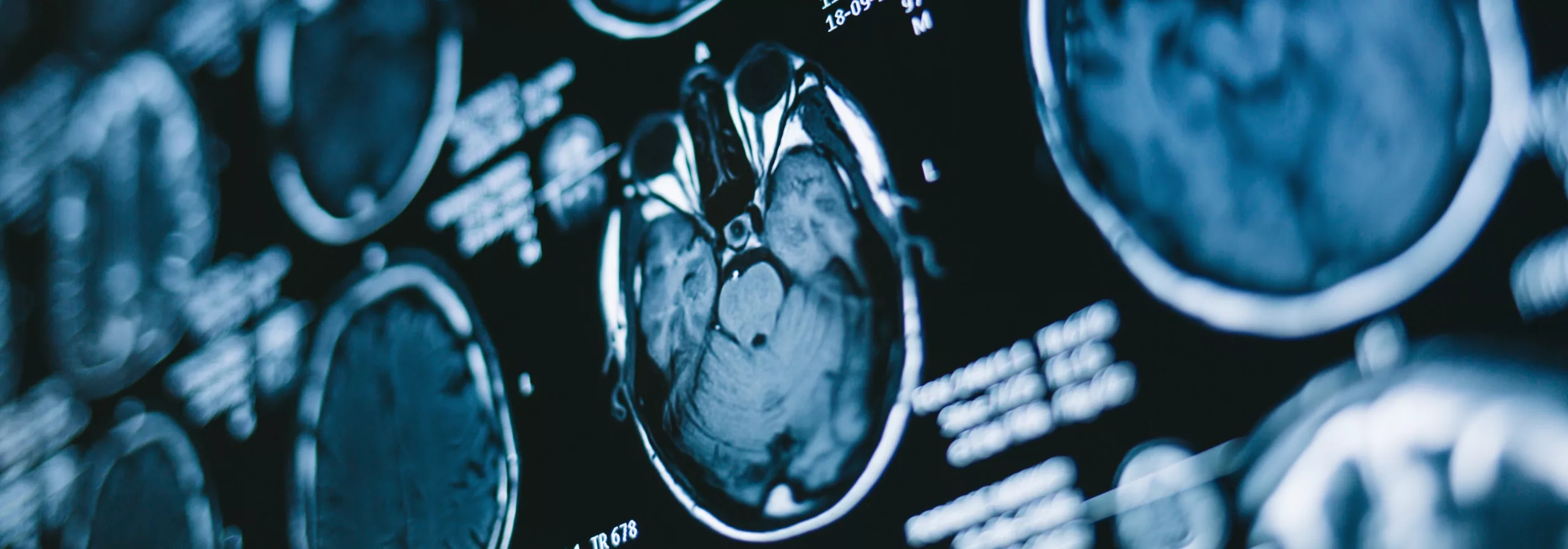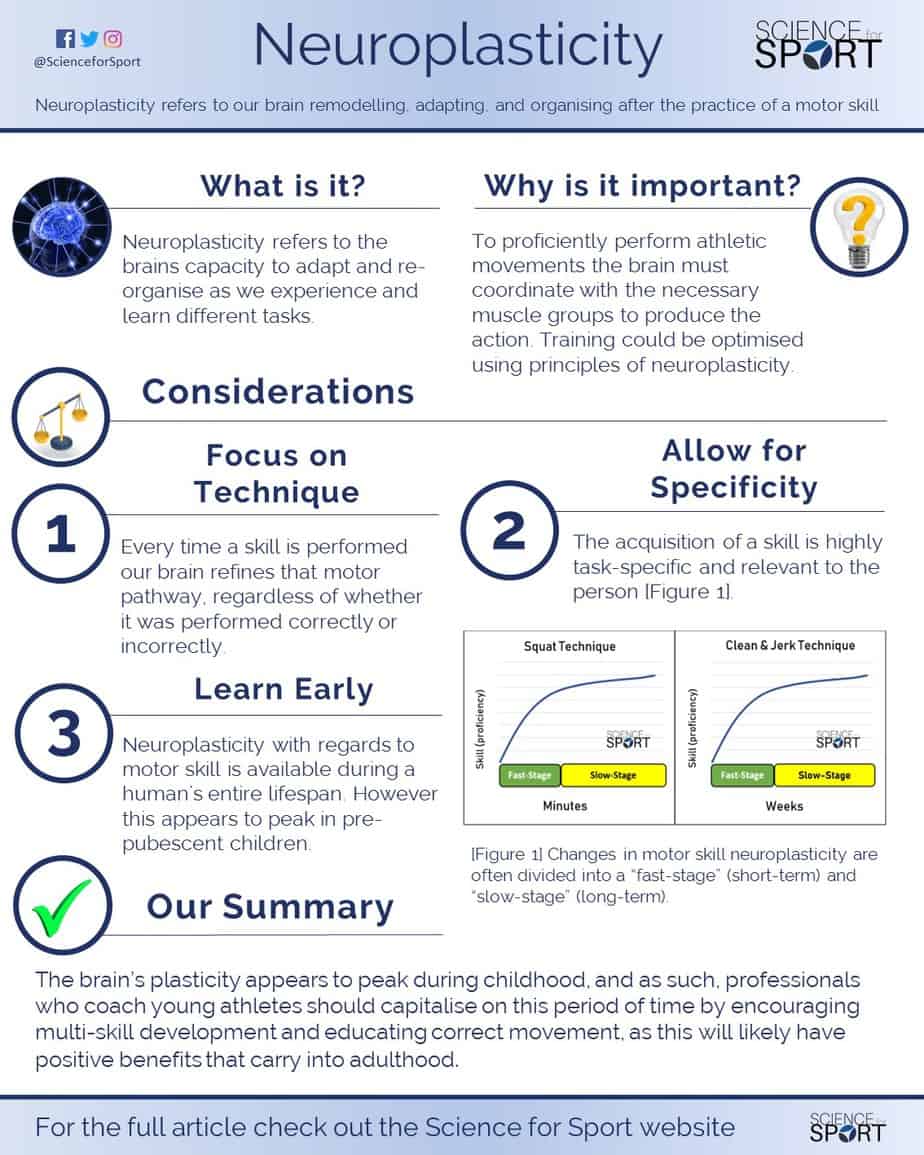Contents of Article
- Summary
- Why is practice important in sports?
- What is neuroplasticity?
- Why is neuroplasticity important for sport?
- Are there any issues with neuroplasticity?
- Is future research into neuroplasticity needed?
- Conclusion
- References
- About the Author
Summary
Neuroplasticity refers to our brain remodelling, adapting, and organising after the practice of a motor skill; this is important for many professionals (i.e. coaches) in sport who teach and develop specific athletic skills with their athletes.
When learning new motor skills, there is a “fast-stage” and “slow-stage” of learning. Our brain tends to learn new motor skills quickly, then a plateau is reached at which more practice is needed to maintain that same motor skill. Research indicates that grey matter density in our brain is responsible for motor control and is mostly formed before puberty.
There is a window of opportunity for teaching children fundamental movement skills by taking advantage of the ‘plasticity’ of grey matter in their brain. This can result in beneficial outcomes later in life such as increasing athletic potential through greater movement competency. The best form of training for children appears to be integrative neuromuscular training, which focuses on developing various motor skills with an emphasis on technique. However, it is still possible to develop and strengthen motor skills after the brain fully matures, but this may be more difficult to achieve.

Why is practice important in sports?
Repetitive practice of motor skills is necessary to efficiently develop and refine movement in sport. Ultimately, our brain controls how we move via an electric signal sent to our muscles. The speed, accuracy, and efficiency of that signal is dependent on many factors, one of which includes practice. Our brain refines a motor neuron pathway the more we practice a skill, but will also reduce that same pathway if we fail to use it [9]. Simply put, we become more skilled at tasks we do often and can have that same skill “fade away” if we fail to practice it.
Teaching and refining athletic motor skills is an important aspect of a strength and conditioning coach’s job. When an athlete performs exercises in a weight room, they reinforce a neural pathway whether the movement is correct or incorrect. With every repetition, the motor neural pathway becomes stronger, and if done frequently, can lead to a significant change [7]. This phenomenon is due to neuroplasticity and our brain’s ability to adapt. This article will discuss neuroplasticity’s importance in sport and the implications of training different age groups.
What is neuroplasticity?
Neuroplasticity refers to the brain’s capacity to adapt and re-organise as we experience and learn different tasks [1]. The scope of neuroplasticity is large and complex, with different events occurring at the molecular, synaptic, and muscular levels over short and long periods of time. However, neuroplasticity can be understood by strength and conditioning coaches by grasping basic information about the topic. To begin, we must learn about the role of grey matter and how it relates to the ability to acquire and/or retain motor skills.

The importance of grey matter
Our brain and spinal cord contain grey matter (GM), which is responsible for motor control and sensory perception in our body. GM contains motor neurons that send action potentials down the axon and into our muscle cells, which results in movement [5]. There tends to be a stronger signal and more refined neural pathway when there is high GM density in the brain [5]. Studies indicate that humans tend to increase GM density during childhood, followed by a loss of GM density after puberty [3, 4]. It is suggested that as we mature, the volume of synaptic connections decreases and our ultimate GM density is determined [4].
An interesting study by Gogtay et al. (2004) [5] reports that following brain maturation, an adolescent’s GM density diminishes until young adulthood. However, this does not mean that we are unable to learn new motor patterns after puberty. Instead, it simply implies the greatest “window of opportunity” for learning motor skills is before puberty and that afterwards, motor skill pattern potential is limited due to the motor synapses closing.
Fast- and slow-stage learning
Changes in motor skill neuroplasticity are often divided into a “fast-stage” (short-term) and “slow-stage” (long-term). During fast-stage learning, it is believed the primary motor cortex in our brain recruits substantially more neurons for new motor tasks [6]. This increase in brain activity can result in vast improvements being seen within a single training session. After improving a motor skill, we transition to the slow-stage of learning where multiple training sessions and repetitive practice are needed to retain or improve that skill.
Unlike the fast-stage, the slow-stage of learning results in small improvements at a much slower pace [7]. This is due to neuroplasticity’s “use it or lose it” principle when it comes to motor skills [9]. The brain’s plasticity will either slowly strengthen or reduce a motor pathway based on repetitive action, or the lack thereof. However, past repetitive practice of motor tasks could lead to a quicker re-adaptation if there was stoppage of that skill [8]. This term is called “savings” and is why many athletes can still perform a skill such as shooting a basketball, even after years of not practicing.
One important thing to consider with fast-stage and slow-stage learning is that the acquisition of a skill is highly task-specific and relevant to the person. Generally, the learning curve of a motor skill will look the same when considering the specificity and difficulty of certain skills (Figure 2).

Learning basic squat technique can be done within one training session with some athletes. The Clean & Jerk, however, can take weeks of practice in order to become proficient due to the coordination needed to perform the exercise at high speed. Of the two exercises, the Clean & Jerk is a much more difficult motor skill to learn, and whilst it would be unfair to compare the two exercises hand-in-hand, it does provide a clear example of movement complexity, skill acquisition, and the different times needed to learn certain movements.
Why is neuroplasticity important for sport?
To proficiently perform athletic movements the brain must coordinate with the necessary muscle groups to produce the action. Whether the athlete is throwing a baseball, kicking a football, or even sprinting, these all require complex inter- and intra-muscular coordination which starts from the brain’s motor cortex. Therefore, repetitive practice is needed for a motor skill to be performed effectively, and thus engrained.
In most sporting competitions, athletes are at a disadvantage if they need to think before moving. Many people use the term “muscle memory” when they perform a skill automatically and without much thought. While incorrect, it does imply that a certain motor pathway is so well-developed that less brain activity and neuron organisation with the muscles is needed to perform a skill which before felt unaccustomed and alien. This is the reason why some skills tend to look or feel effortless after repetitive practice.
Due to neuroplasticity, every time a skill is performed our brain refines that motor pathway, regardless of whether it was performed correctly or incorrectly. For this reason, it is important to have coaches who promote correct technique, whether it be for the sport or in the weight room. If a bad movement pattern is performed repeatedly, the technique will require more practice and time to fix/refine. While neuroplasticity for sporting skills is achievable throughout our lives, research indicates that there is an opportune time to do so [9].
Neuroplasticity and Age
Plasticity in the brain appears to peak in pre-pubescent children, therefore, it may be the opportune time to capitalise on teaching correct technique/movement/skills [9]. By introducing multiple motor skills to young children, they have the unique advantage of maximising and enhancing muscular strength and fundamental sporting skills which may not be available as adults [10]. Training and exercise for young athletes should be specifically focused on improving motor control [11] since their cognitive and motor capabilities are highly “plastic” [12].
It has been suggested that integrative neuromuscular training (INT) be introduced during childhood and adolescent time periods to influence the plasticity of the motor cortex which will carry into adulthood [10, 13]. INT exercises expose children to a variety of movement patterns and challenges that promote cognitive and physical development [9, 13]. Proper introduction and implementation of INT, allows for physical, mental, and social development which will positively affect athleticism as the child grows [10]. If an athlete is not exposed to a certain motor skill prior to full motor cortex maturation, they are still capable of developing that skill, however, the benefit and potential are diminished [14, 15].
Neuroplasticity with regards to motor skills is available during a human’s entire lifespan but is best retained during all developmental stages (see Figure 1) [16]. Professionals who work in sport must implement training that teaches and reinforces good movement, regardless of age or training level. Much like the specific adaptations to imposed demands (SAID) principle in training, the motor cortex adapts in a similar way. Athletes should always be improving or refining their motor skills to maximise performance in competition.
Are there any issues with neuroplasticity?
Measuring ‘plasticity’ in an athlete’s brain is not worthwhile for strength and conditioning professionals for a few reasons. Examining neuroplasticity requires invasive and expensive equipment as imaging of grey matter and other regions of the brain requires access to an MRI machine and medical professionals to operate it.

Also, most research surrounding neuroplasticity in motor skills is not done in athletes, rather in individuals with movement disorders such as cerebral palsy [17], and animals [18]. Therefore, it may not be meaningful to quantify brain ‘plasticity’ in athletes, when instead the focus should be on teaching and refining motor competency.
Evidence suggests there are gender differences in the adolescent brain which can affect neuroplasticity [19]. Research has reported there is a higher ratio of GM to white matter in females [20] and that they may also reach peak values of brain volume earlier than males [19]. Similarly, it appears that the sex hormones testosterone and estrogen also have gender-specific effects on the organisation of brain structure during puberty which may affect its development [21].
The concept of neuroplasticity does suggest that repetitive practice of motor skills strengthens and refines movement competency. Many have heard of the 10,000 hours rule proposed by Malcolm Gladwell, which suggests this is the amount of time of deliberate practice needed to become phenomenal at a task [24]. However, this is often taken out of context and drives people to over-train and eventually burn out from exhaustion.
With neuroplasticity, there is a proposed concept of “offline training” which states that performance improvements of a skill can occur between training sessions with no further practice [7]. It is believed that this is due to a phenomenon in which the brain consolidates a movement pattern at the end of every practice which progressively stabilises the skill [22]. This results in an increase in accuracy, execution, and reaction of a motor skill due to rest.
“Offline” skill improvements can be affected by sleep [23], which ultimately demonstrates the importance of adequate rest/sleep. Therefore, mastery of a motor skill is likely to require a high volume of deliberate training with sufficient rest between sessions and adequate sleep.

Is future research into neuroplasticity needed?
To our knowledge, there have been no studies on neuroplasticity with a genuine strength and conditioning intervention. It would be interesting to see how motor skill competency can be influenced at all maturity stages, accompanied by an assessment of the brain’s GM via MRI. As such, the following areas of research are needed to expand current knowledge on this topic:
- The effects of INT on GM and neuroplasticity in children and adolescents.
- Gender differences in motor skill training and brain development following a 12-month movement competency programme.
- A longitudinal study: The long-term effect of INT on athletes as they mature from youth academy to professional athletes using MRI.
Conclusion
Neuroplasticity is a concept not well understood in the strength and conditioning realm but governs a big part of how athletes move and perform in sport. Understanding the basic concepts of neuroplasticity can help guide training programmes that focus on the importance of teaching and refining good movement. The brain’s plasticity appears to peak during childhood, and as such, professionals who coach young athletes should capitalise on this period of time by encouraging multi-skill development and educating correct movement, as this will likely have positive benefits that carry into adulthood.
- Sagi Y, Tavor I, Hofstetter S, Tzur-Moryosef S, Blumenfeld-Katzir T, Assaf Y. (2012). Learning in the Fast Lane: New Insights into Neuroplasticity. Neuron 73, 1195-1203. https://www.ncbi.nlm.nih.gov/pubmed/22445346.
- Hedden T, Gabrieli JD. (2004). Insights into the ageing mind: a view from cognitive neuroscience. Nat Rev Neurosci 5(2) 87-96. https://www.ncbi.nlm.nih.gov/pubmed/14735112
- Giedd JN, Blumenthal J, Jeffries NO, Castellanos FX, Liu H, Zijdenbos A, Paus T, Evans AC, Rapoport JL. (1999). Brain development during childhood and adolescence: a longitudinal MRI study. Nat Neurosci 2, 861-863. https://www.ncbi.nlm.nih.gov/pubmed/10491603
- Sowell, ER, Thompson PM, Tessner KD, Toga AW. (2001). Mapping continued brain growth and gray matter density reduction in dorsal frontal cortex: Inverse relationships during post adolescent brain maturation. J Neurosci 15; 21(22), 8819-8829. https://www.ncbi.nlm.nih.gov/pubmed/11698594
- Gogtay N, Giedd JN, Lusk L, Hayashi KM, Greenstein D, Vaituzis AC, Nugent III TF, Herman DH, Clasen LS, Toga AW, Rapoport JL, Thompson PM. (2004). Dynamic mapping of human cortical development during childhood through early adulthood. Natl. Acad. Sci 101, 8174-8179. https://www.ncbi.nlm.nih.gov/pubmed/15148381
- Costa RM, Cohen D, Nicolelis MAL. (2004). Differential corticostriatal plasticity during fast and slow motor skill learning in mice. Curr Biol. 14, 1124-1134. https://www.ncbi.nlm.nih.gov/pubmed/15242609
- Dayan E, Cohen LG. (2011). Neuroplasticity subserving motor skill learning. Neuron 3; 72(3), 443-454. https://www.ncbi.nlm.nih.gov/pubmed/22078504
- Landi SM, Baguear F, Della-Maggiore V. (2011). One week of motor adaptation induces structural changes in primary motor cortex that predict long-term memory one year later. Neurosci. 31, 11808-11813. https://www.ncbi.nlm.nih.gov/pubmed/21849541
- Myer GD, Faigenbaum AD, Edwards NM, Clark JF, Best TM, Sallis RE. (2015). Sixty minutes of what? A developing brain perspective for activating children with an integrative exercise approach. Bri J Sports Med 49(23), 1510-1516. http://bjsm.bmj.com/content/early/2015/01/23/bjsports-2014-093661
- Myer GD, Faigenbaum AD, Ford KR. (2011). When to initiate integrative neuromuscular training to reduce sports-related injuries and enhance health in youth? Curr Sports Med Rep 10, 157-166. https://www.ncbi.nlm.nih.gov/pubmed/21623307
- Myer GD, Ford KR, Palumbo JP. Neuromuscular training improves performance and lower-extremity biomechanics in female athletes. J Strength Cond Res 19, 51-60. https://www.ncbi.nlm.nih.gov/pubmed/15705045
- Faigenbaum AD, Farrell A, Fabiano M. (2011). Effects of integrative neuromuscular training on fitness performance in children. Pediatr Exerc Sci 23, 573-584. https://www.ncbi.nlm.nih.gov/pubmed/22109781
- Lloyd RS, Oliver JL. (2012). The Youth Physical Development model: a new approach to long-term athletic development. Strength Cond J 34, 37-43. http://journals.lww.com/nsca-scj/Abstract/2012/06000/The_Youth_Physical_Development_Model___A_New.8.aspx
- Rosengren KS, Geert JP, Savelsbergh JvdK. (2003). Development and learning: a TASC-based perspective of the acquisition of perceptual-motor behaviors. Infant Behav Dev 26, 473-494. https://www.sciencedirect.com/science/article/pii/S0163638303000559
- Rogasch NC, Dartnall TJ, Cirillo J. (2009). Corticomotor plasticity and learning of a ballistic thumb training task are diminished in older adults. J Appl Physiol 107, 1874-1883. https://www.ncbi.nlm.nih.gov/pubmed/19833810
- Waimey KE, Cheng HJ. (2006). Axon pruning and synaptic development: how are they per-plexin? Neuroscientist 12, 398-409. https://www.ncbi.nlm.nih.gov/pubmed/16957002
- Lee, DR, Kim YH, Kim DA, Lee JA, Hwang PW, Lee MJ, You SH. (2014). Innovative strength training-induced neuroplasticity and increased muscle size and strength in children with spastic cerebral palsy: An experimenter-blind case study- three-month follow-up. NeuroRehabilitation 35, 131-136. https://www.ncbi.nlm.nih.gov/pubmed/24419014
- Miyachi S, Hikosaka O, Lu X. (2002). Differential activation of monkey striatal neurons in the early and late stages of procedural learning. Brain Res.146, 122-126. https://www.ncbi.nlm.nih.gov/pubmed/12192586
- Lenroot RK, Giedd JN. (2010). Sex differences in the adolescent brain. Brain and Cognition 72, 46-55. https://www.ncbi.nlm.nih.gov/pubmed/19913969
- Allen JS, Damasio H, Grabowski TJ, Bruss J, Zhang W. (2003). Sexual dimorphism and asymmetries in the gray-white composition of the human cerebrum. Neuroimage 18(4), 880-894. https://www.ncbi.nlm.nih.gov/pubmed/12725764
- Neufang S, Specht K, Hausmann M, Gunturkun O, Herpertz-Dahlmann B, Fink GR. (2009). Sex differences and the impact of steroid hormones on the developing human brain. Cerebral Cortex 19(2), 464-473. https://www.ncbi.nlm.nih.gov/pubmed/18550597
- Robertson EM, Pascual-Leone A, Miall RC. (2004a). Current concepts in procedural consolidation. Rev. Neurosci. 5, 576-582. https://www.ncbi.nlm.nih.gov/pubmed/15208699
- Diekelmann S, and Born J. (2010). The memory function of sleep. Rev. Neurosci.11, 114-126. https://www.ncbi.nlm.nih.gov/pubmed/20046194
- Gladwell, Malcolm. (2008). Outliers. New York City, New York. Little, Brown and Company.




